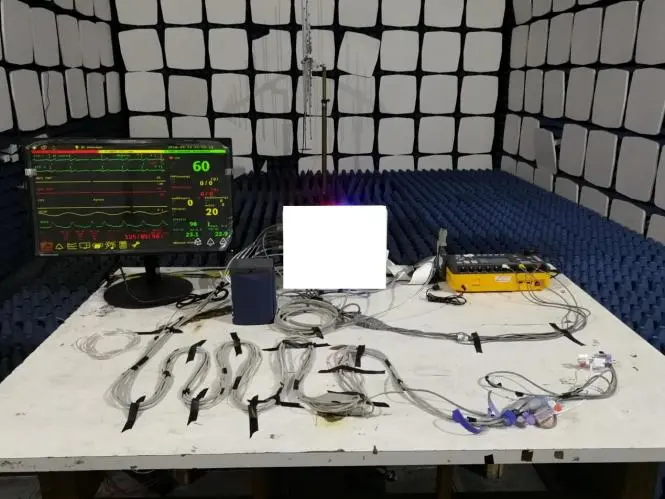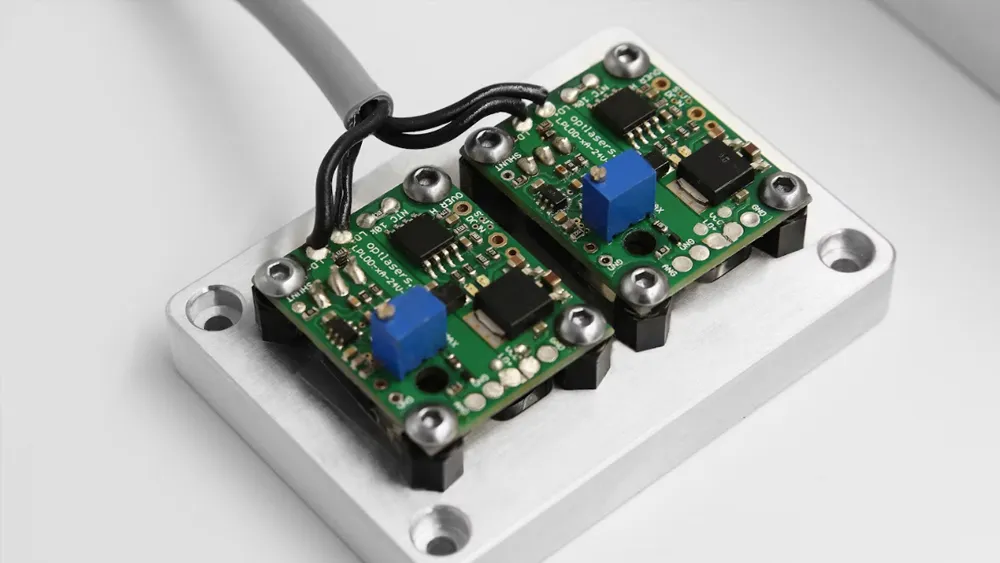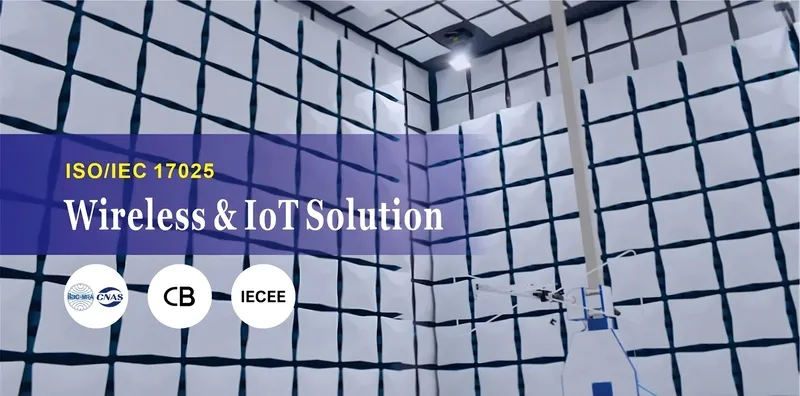
ISO 18562:2024 Testing Services
The China JJR Laboratory is an IEC 17025 and GLP authorized and accREDited laboratory, offering ISO 18562:2024 testing services. Based in China, we can help you save 30% on testing costs. Below is a detailed introduction to the ISO 18562 related tests.
The ISO 18562 series of standards was initially published in 2017, comprising ISO 18562-1, ISO 18562-2, ISO 18562-3, and ISO 18562-4, with ISO 18562-1 serving as the overarching standard, similar to ISO 10993-1. These four standards address specific needs for the biological evaluation of gas pathways in medical devices, which are not fULly covered by ISO 10993-1.

The 2017 version of this series aimed to cover only the most common potentially harmful substances. Some believed it would be better to publish an effective document to test most currently known substances of interest. By using the TTC (Threshold of Toxicological Concern) approach, this document has the potential to evaluate the safety of virtually any compound released from respiratory medical device gas pathways, with only a few exceptions (e.g., PCBs, dioxins), rather than just the most commonly found potentially harmful substances.
In March 2024, the ISO 18562 series was updated to include numerous additions and changes. Key updates to ISO 18562-1 are highlighted below.
The updated standards have also been recognized by the FDA, which has provided a 2-year transition period. They will become mandatory on July 5, 2026, replacing the 2017 versions.
Applicable Devices for ISO 18562 Series Standards
For detailed information on applicable devices, please refer to the scope section of ISO 18562-1.
The ISO 18562 series standards apply to all medical devices, accessories, or attachments that contain gas pathways intended to provide respiratory care or substance delivery to patients via the respiratory tract in various environments. These gas pathway devices include:
- Ventilators
- Anaesthesia workstations (including gas mixers)
- Breathing systems
- Oxygen conserving equipment
- Oxygen concentrators
- Nebulizers
- Low-pressure hose assemblies
- Humidifiers
- Heat and moisture exchangers
- Respiratory gas monitors
- Respiration monitors
- Masks
- Medical respiratory personal protective equipment
- Mouthpieces
- Resuscitators
- Breathing tubes
- Breathing system filters
- Y-pieces
- Any respiratory accessories intended to be used with these medical devices
Additionally, the enclosed space of pediatric incubators, including air cushions and the inner surface of oxygen hoods, are considered gas pathways.
The ISO 18562 series does not address the biological evaluation of device surfaces in direct contact with patients or users. The requirements for direct contact surfaces should follow the ISO 10993 series of standards.
The following situations are also not covered by this series of standards:
- Any biological hazards arising from mechanical damage.
- Contamination of the gas supply already present in the device during normal use.
Major Updates in ISO 18562-1
- Added informative mapping annexes to relevant regulatory requirements.
- Clarified terms and definitions used in the document.
- Expanded the patient groups to include premature infants, small children, children, and adolescents.
- Introduced inhalation dose.
- Changed the threshold of toxicological concern.
- Expanded the range of volatile organic substances that are tested.
- Clarified the appropriate breathing gas volumes to be used in testing for volatile organic substances.
- Clarified the appropriate breathing gas volumes to be used in the analysis.
ISO 18562-1 does not address all potential biological hazards related to gas pathways. Additional evaluations might be appropriate. These evaluations may require further risk control before completing the biological assessment.
The series may be expanded with new standards in the future to address other aspects of biological testing, including additional contaminants potentially arising from drugs and anesthetics added to the gas pathways and potential contaminants from the emission of inorganic gases such as ozone, CO, and CO2.
Email:hello@jjrlab.com
Write your message here and send it to us
 How to get the MSDS Report for Electronic Cigarett
How to get the MSDS Report for Electronic Cigarett
 Prop 65 Warning on Appliances
Prop 65 Warning on Appliances
 Apparel Heavy Metal Testing
Apparel Heavy Metal Testing
 Can You Conduct Lab Tests to UL Standards
Can You Conduct Lab Tests to UL Standards
 What Products Are Affected by Prop 65?
What Products Are Affected by Prop 65?
 CPSIA Compliance for Children's Products
CPSIA Compliance for Children's Products
 Children's Products Canadian Requirements
Children's Products Canadian Requirements
 What is a CE EU Authorized Representative
What is a CE EU Authorized Representative
Leave us a message
24-hour online customer service at any time to respond, so that you worry!




